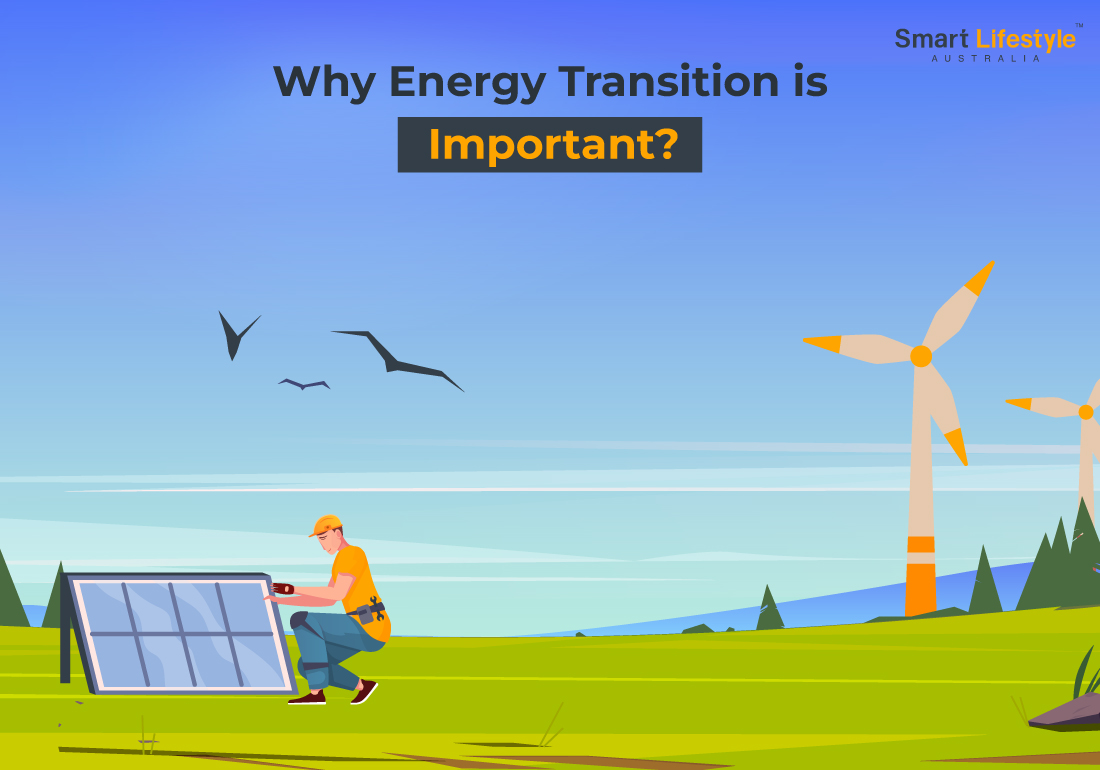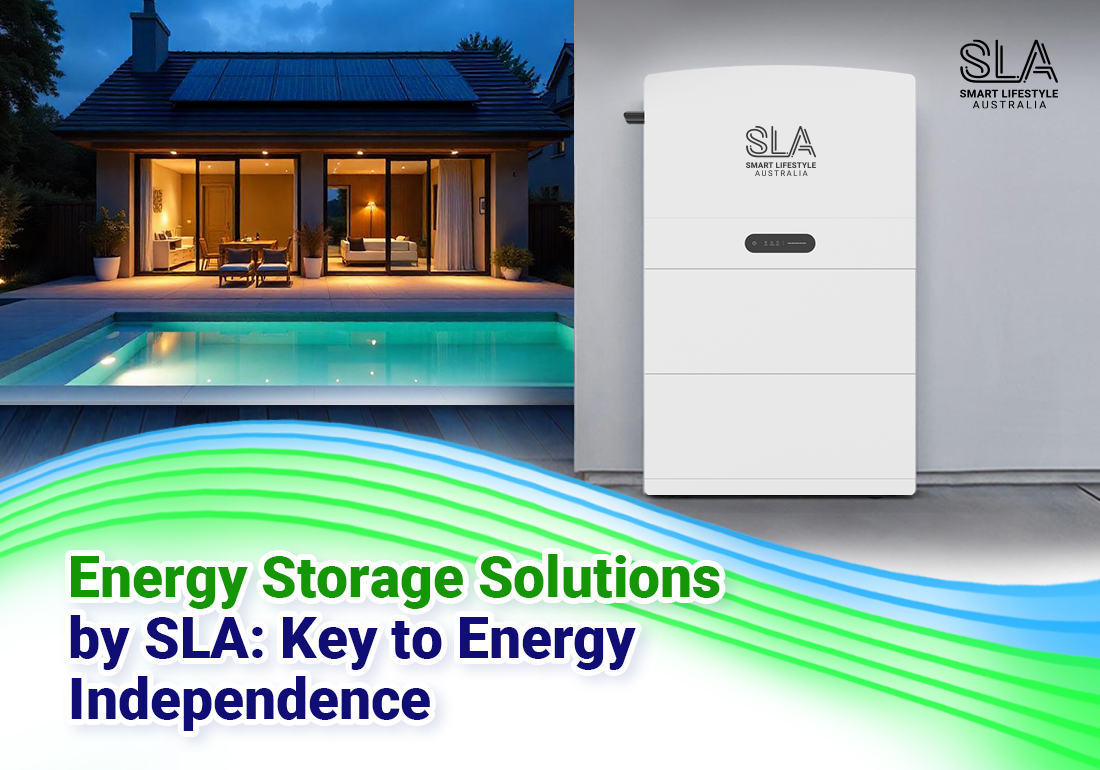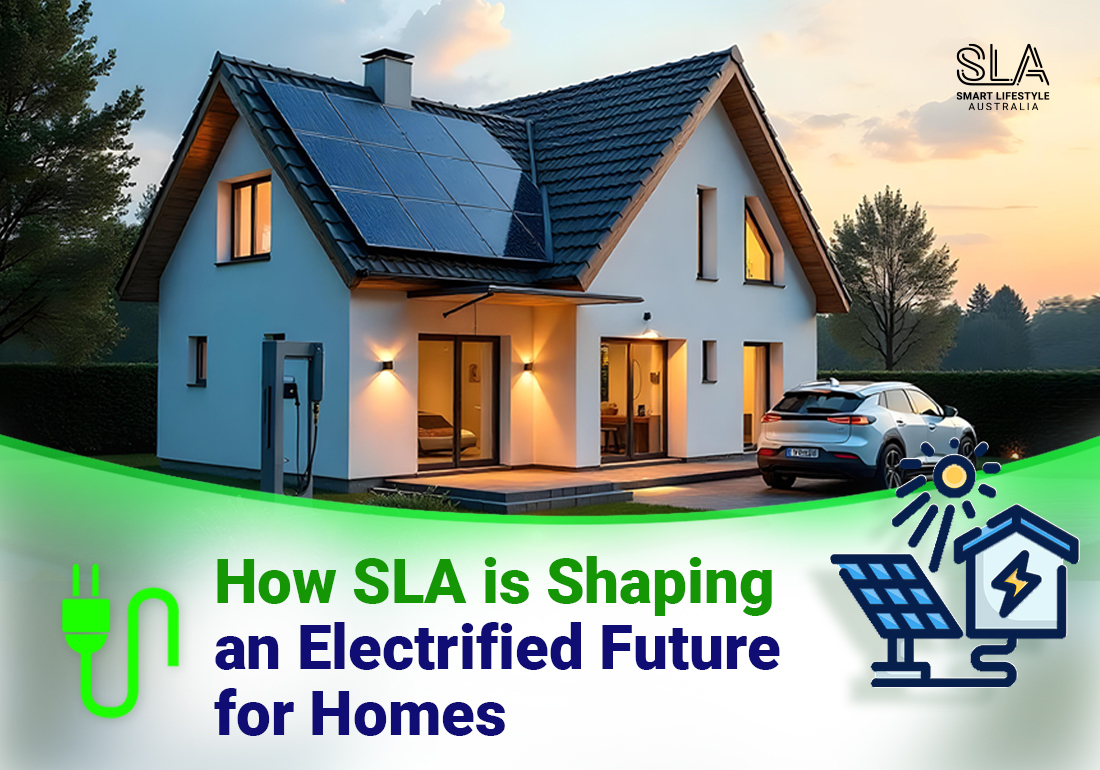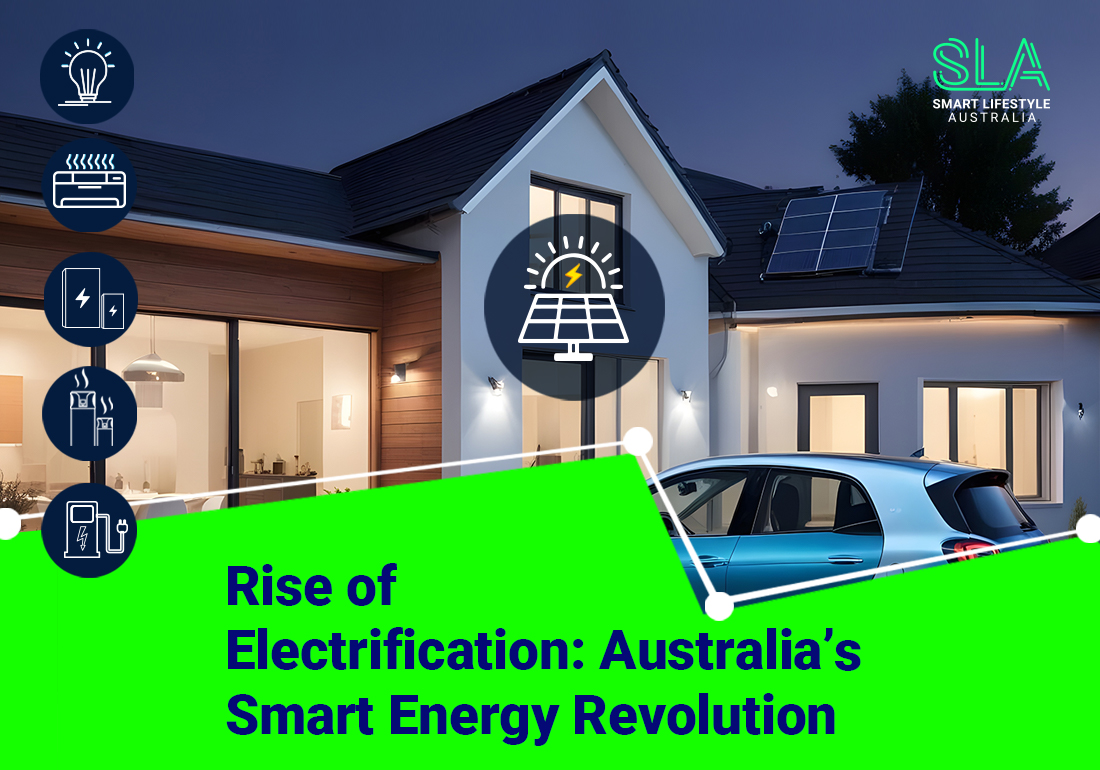Energy transition is not a new concept. We have witnessed huge energy shifts in the past. We transitioned from using wood to coal and coal to fossil fuel oil. The transition to renewable energy addresses the entire energy system.Energy transition is the energy industry’s paradigm shift from fossil fuels to renewable energy. It is the switch from burning fossil fuels like coal, oil, and natural gas to renewable resources like wind, solar, hydro, or geothermal energy. It is the process of reducing co2 emissions from our atmosphere.
Now, let’s find out why Energy Transition is important.
Most Air pollution is caused by burning fossil fuels. Engines using internal combustion raise the global temperature, releasing co2 emissions. This, in turn, raises sea levels by melting ice caps, which causes biodiversity loss, extreme weather, and extinction of species. There’s no wonder our energy sector is currently destroying our environment. The usage of fossil fuels contaminates our groundwater.
Extraction and transportation of fossil fuels result in more frequent fires, harming wildlife and the economy. Fossil fuel is not renewable. Air and water pollution kills 7 million people annually, and violent storms have taken over 41,000 lives in the past decade. All of these combined, our current energy sector system has a diverse effect on our environment.
Despite the extremities, you’ll be shocked to know that we are spending an average of $423 Billion on fossil fuels yearly! Transitioning from fossil fuel generated to renewable resources is in dire need to protect the environment. In addition, energy prices are going up again from next winter globally. Inflation is only adding to this energy storm.
Energy crisis in Europe is supposed to hit hardest during the cold winter. USA President Joe Biden’s “1-million-barrel-a-day” oil release from the country’s emergency reserves is going to end this October. The Australian government is increasing energy prices. Russia may cut production.
This global price hike will automatically change the spot/current prices. The Standard of living cost will rise significantly. Being able to afford energy prices will be unthinkable for general people. The energy transition is already underway. Solar panels, Hydro energy, and Wind power plants successfully produce electricity. Transitioning to energy sources like solar, wind, and hydro are quite feasible too. Let’s start the eco-friendly journey today to make the transition smoother for us and the world.
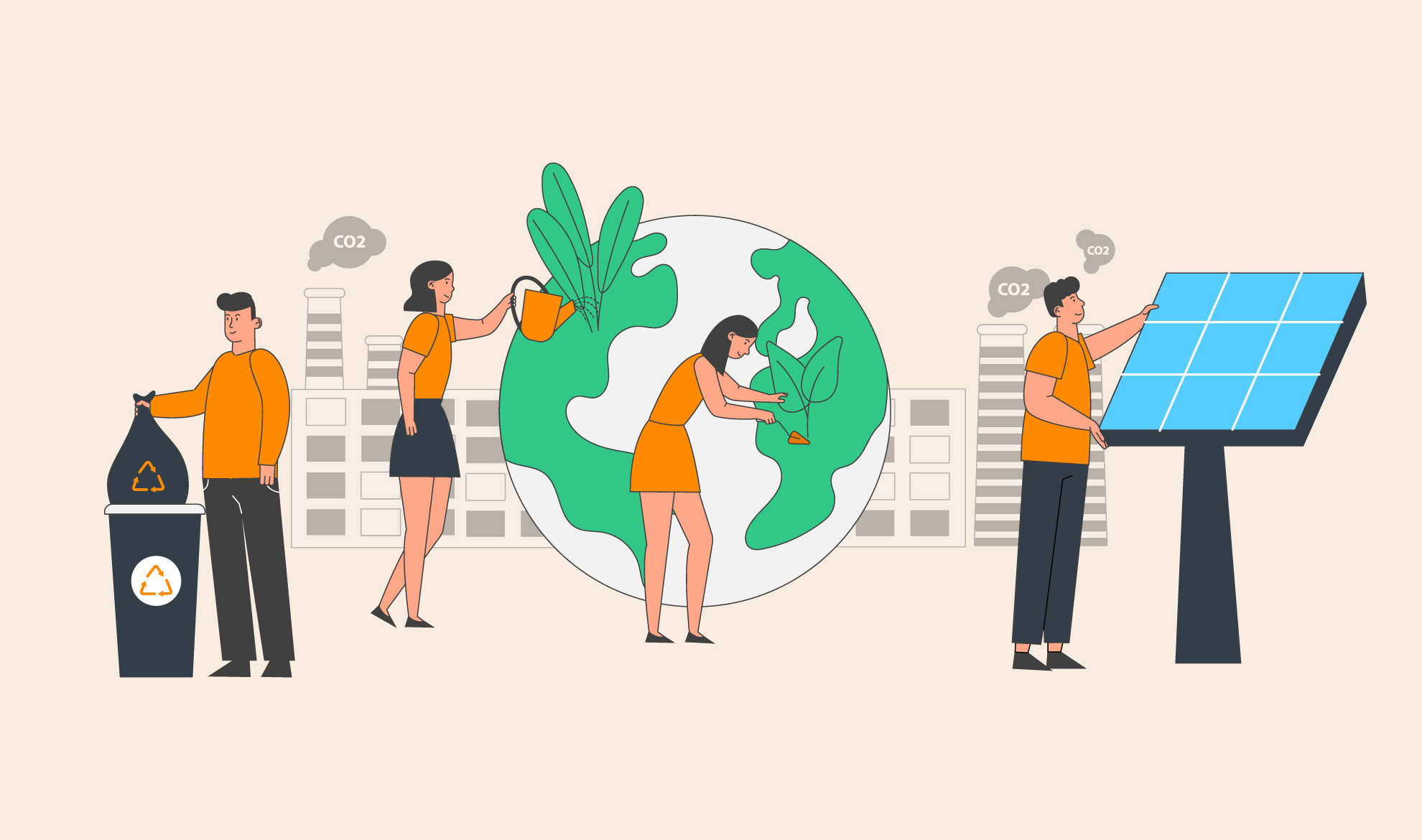
Battery EVs vs Hydrogen Fuel Cells
Battery-powered electric vehicles are a convenient choice to limit carbon emissions and meet the climate goal. However, environment experts say the auto industry will require 30 times more minerals to reach the target.
Fortunately, we have other options like Hydrogen fuel cells.The most fundamental distinction between fuel cells and batteries is straightforward: a battery stores energy that it then uses, whereas a fuel cell, produces energy by transforming available fuel.
Surprisingly, a fuel cell can also include a battery to store the power it generates. Besides, there are a few other differences between these two viable options for electric solutions.
- Weight – Hydrogen fuel cells weigh less than battery EVs.
- Distance – Battery EVs and fuel cells can cover large distances, but fuel cells can charge within 15 minutes. Which also decreases downtime.
- Cost – According to the Hydrogen Council report, Hydrogen fuel cells are cheaper than battery-powered EVs. It is the better choice with low cost for both medium and heavy-duty road transport.
- Infrastructure- The infrastructure for eco-friendly transportation is improving. Battery-powered EVs are getting more common. Hydrogen Fuel Cells might take more time to be recognized and accepted by the public.
How Energy Efficiency and Demand Response Help the Grid During Summer
Running a modern power grid is a technical process. The grid must have enough generation capacity to meet the highest possible demand, and this value rises year after year due to population growth.
However, generation alone is insufficient to ensure a consistent power supply: utilities must constantly upgrade their transmission and distribution capacity to ensure that electricity reaches the point of use. Additionally, the process of power grids gets trickier in Summer due to the increased usage of Air conditioning.
Although, using Smart Heat Pumps and Thermostats can change this scenario. Energy efficiency can reduce consumption, and the accumulated effect reduces the total load on the grid. When grid demand is high, demand response measures have the specific goal of reducing energy consumption in buildings, and multiple buildings can remove several megawatts of load. Building owners and power companies both benefit from energy efficiency and demand response. Buildings can permanently reduce gas and electricity bills by implementing energy efficiency measures. Demand response reduces capacity charges by lowering peak consumption as measured by power.
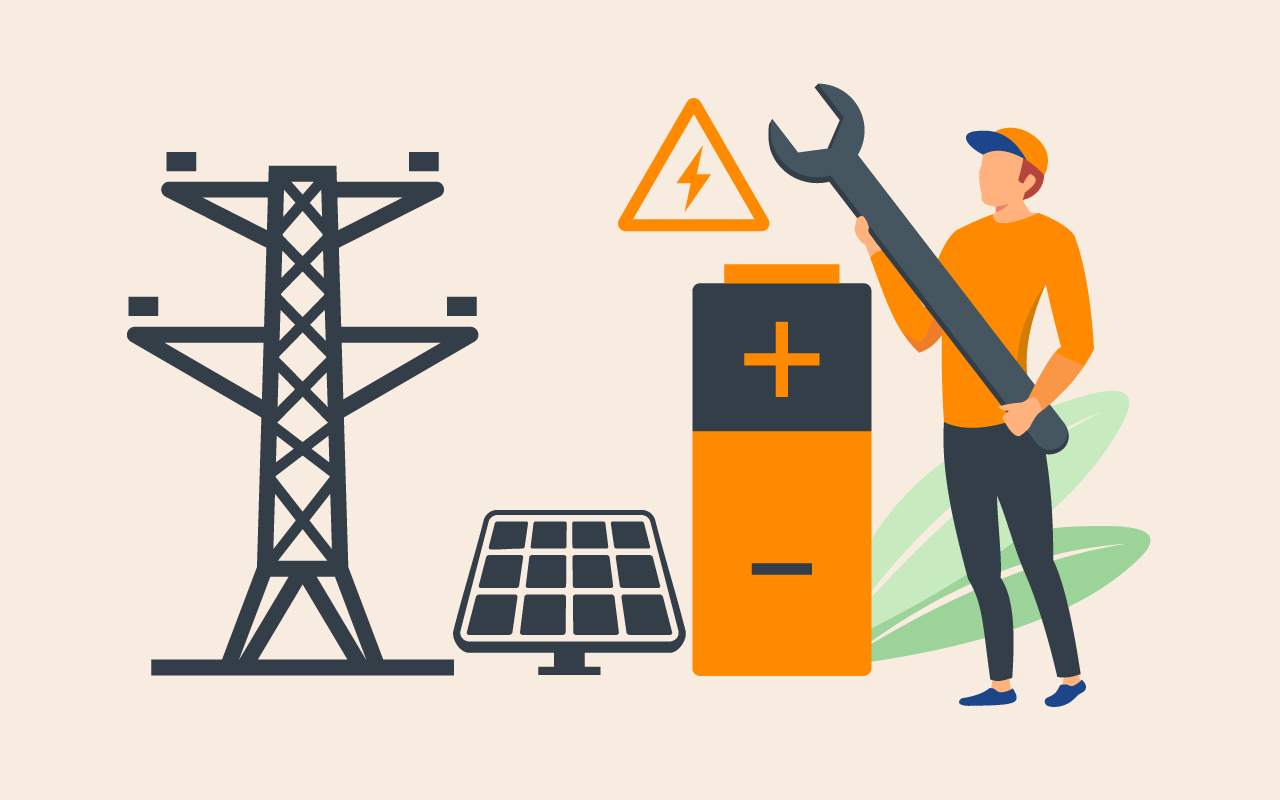
How Effective is Behavioral Change in Energy Efficiency?
After The Paris Agreement, 196 countries vowed to bring down global temperature and carbon emissions. The goal is to keep global warming below 2 degrees Celsius, preferably 1.5 degrees Celsius, compared to pre-industrial levels. To accomplish this long-term temperature goal, countries must maintain a neutral climate, emitting greenhouse emissions. There are some behavioral changes we can apply to our daily life. Behavioral change is the most effective to keep up with the plan.
- Using innovations like Smart heat pumps
- Investing in an Electrical Vehicle
- Increasing Solar Panel usage in households
- Breaking the habit of fossil fuel
- Challenging the norm of convenience for our environment

